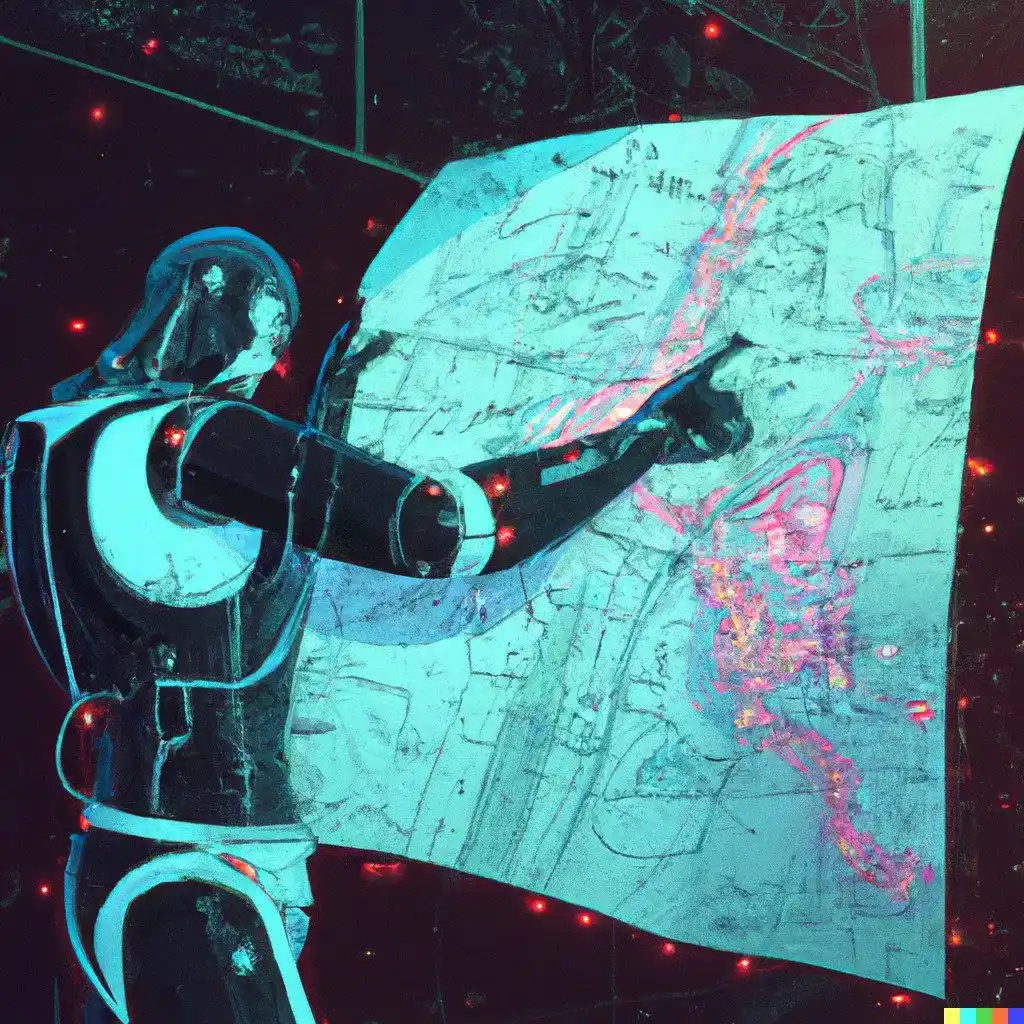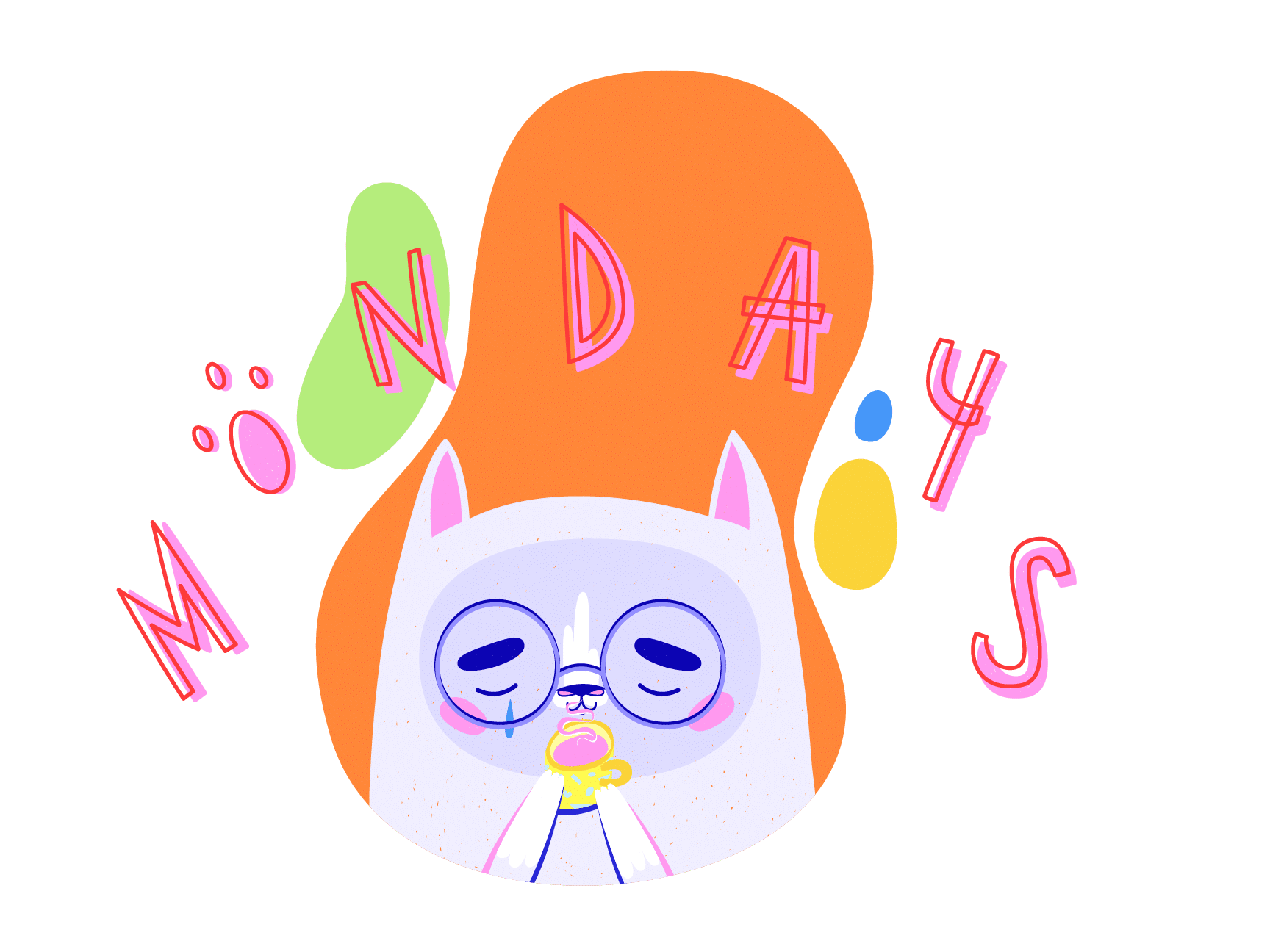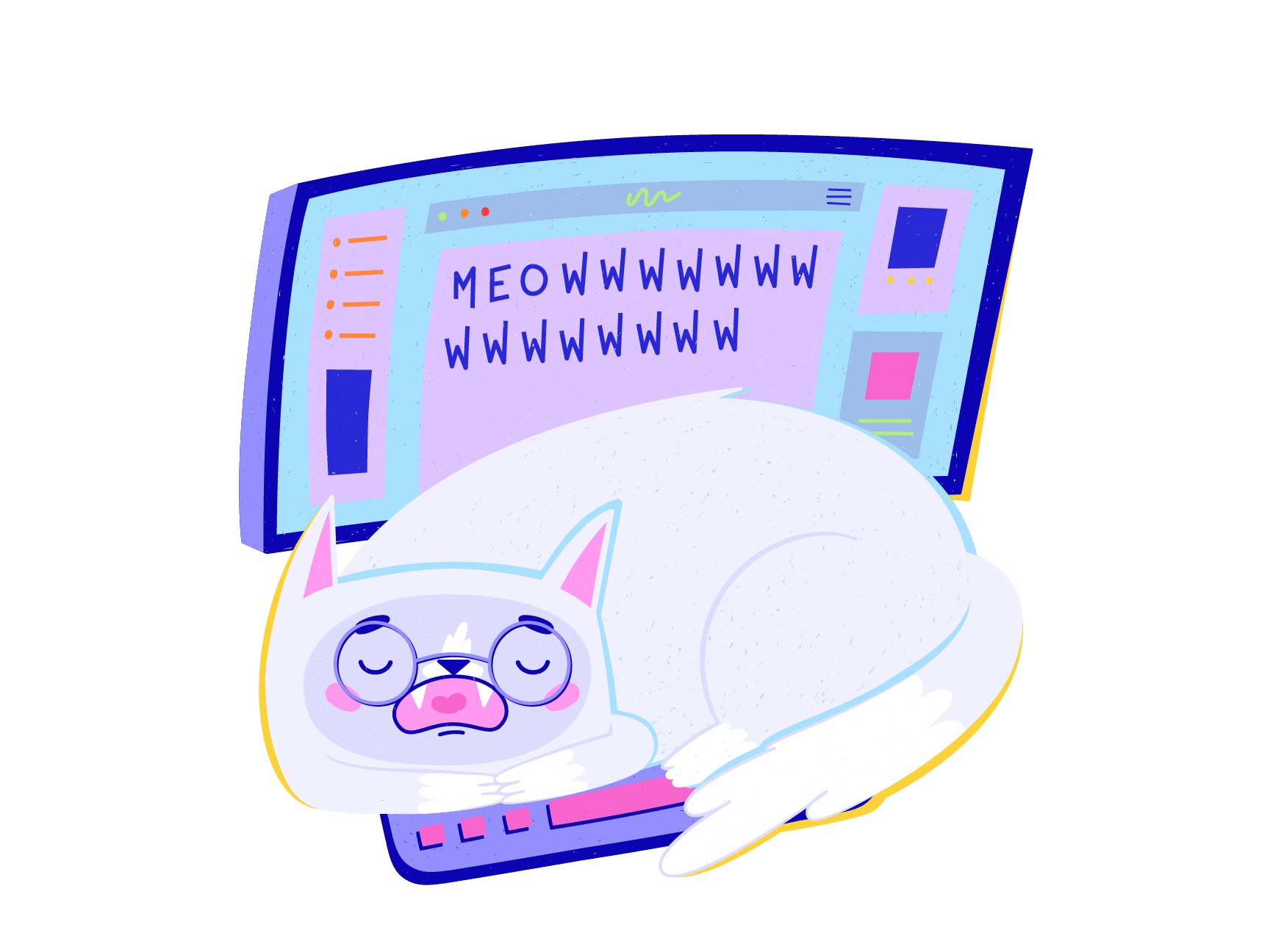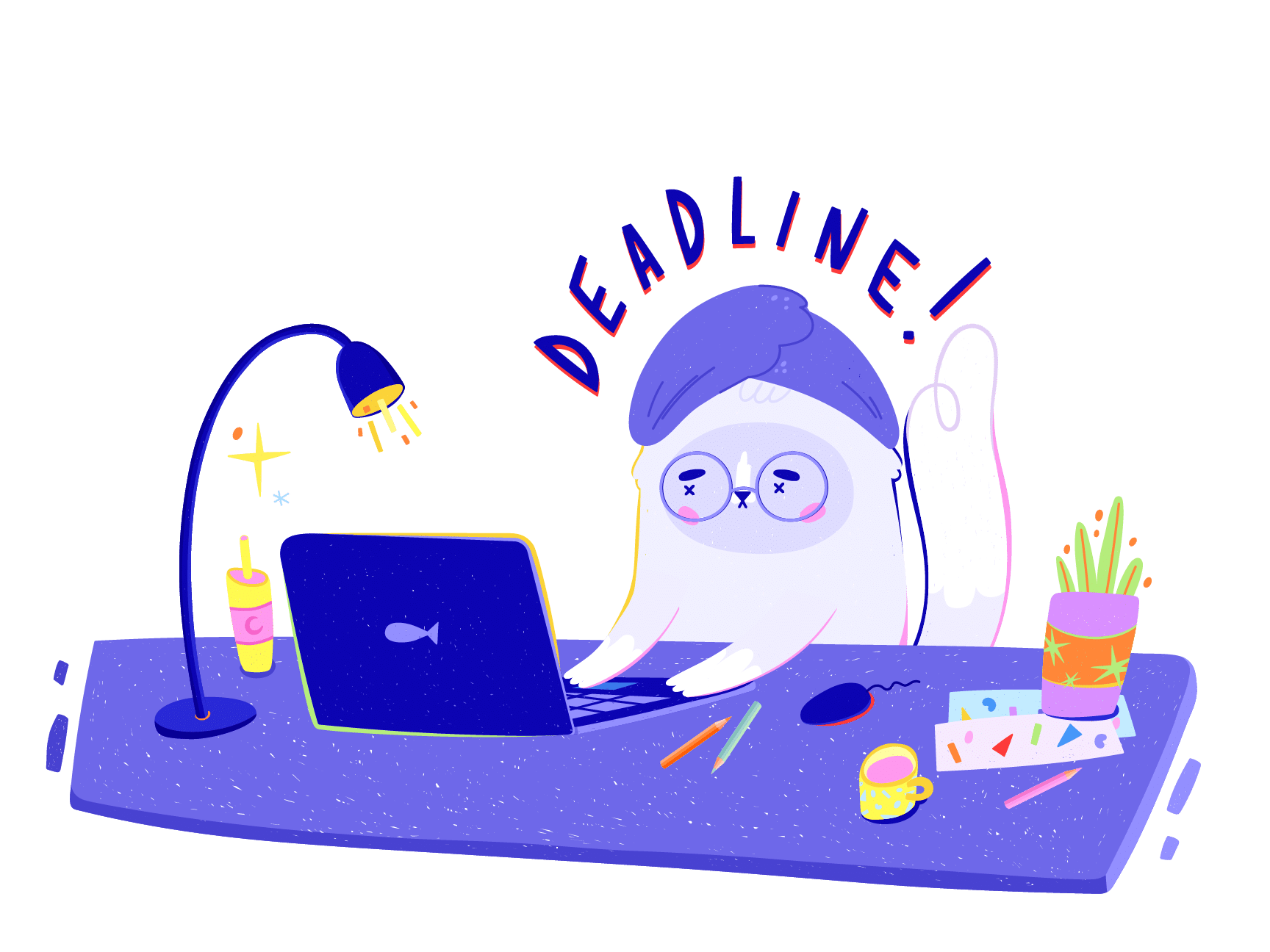The IBM 7090 computer tasked with trajectory calculations at mission control for the Apollo 11 space mission had a clock speed of about 2 MHz, but it still managed to take humans to the moon and back, a wildly ambitious and high-stakes project by any standards. Fast-forward a little over 50 years, AI project management tools running on a regular smartphone let project managers plan, manage, and execute complex projects at a fraction of the cost.
From predictive analytics to automated task allocation, artificial intelligence is transforming project workflows. Here’s how AI project management works, why it matters, and how to find the right tools for the job (even if you’re not actually planning to land on the moon). 🌓
🚀 Key Benefits of AI in Project Management
Improved Decision-Making
According to Gartner, by 2030, 80% of project management tasks will be run by AI.(1)
And that makes a lot of sense.
A project leader using AI in the decision-making process isn’t much different from a driver using Google Maps to find the most optimal route. You’re still the one holding the wheel, but AI can help you make the right turns based on its knowledge of conditions, traffic, and past trips.

“What are the top priorities for today?”
“How should I allocate the available resources?”
“What metrics or key performance indicators (KPIs) should I track?”
“Should I delegate this task? Who is the best match?”
Answering those questions is usually up to project managers. But sometimes even the PM doesn’t have enough information and data to make the right decisions at the right time.
AI can bridge those gaps by mining historical project data and offering predictive analytics, intelligent reporting, and advanced decision-making support.
Enhanced Communication and Collaboration
A survey by McKinsey & Company found that the average office worker wastes around 20% of the workweek searching for information or files.(2) That’s a chunk of time that could be spent on project planning, analyzing project risks, or improving existing workflows.
Data fragmentation and communication silos are only some of the culprits. The overarching problem is that ensuring an uninhibited flow of information takes a lot of effort.
One of the most interesting solutions that has emerged in recent years are AI-powered knowledge bases. Instead of using manual curation, it’s now possible to use natural language processing (NLP) and machine learning (ML) to aggregate documentation, meeting minutes, action items, and reports, and serve the knowledge in a context-relevant manner.
Of course, there’s also a more practical side to AI.
Writing tools based on large language models (LLMs) like GPT-4 can significantly improve the quality of team communication. Writing reports, drafting emails, or creating presentations takes a fraction of the time thanks to smart style suggestions and automated error correction.
Cost and Time Saving
All project managers deal with categories of tasks nobody wants to do. Writing reports, entering and cleaning up data, tracking time, and distributing the workload. AI can, either partially or completely, take over many of those tasks and free up a ton of time and resources. As scary as this may sound, analysts predict this can lead to a 40% increase in project efficiency.
But task automation isn’t exactly a new thing. The banking sector started using machine learning for fraud detection back in the early 2000s. Customer service departments are already deploying semi-autonomous chatbots to handle complex customer service requests, and voice assistants like Alexa or Siri have been using natural language processing since 2011.
Implementing task automation at a scale seems to be the logical next step. Autonomous AI agents, the latest trend in the world of AI, are small Python programs that allow LLMs like OpenAI’s GPT-4 to run web searches, build simple websites, or even write code.
🐑 + 🤖 AI-Driven Project Management Inside of Taskade
Most existing AI solutions are like grains of sand on a large beach. You can buy a stack of project management tools, but integrating them into existing workflows is another story.
Taskade seamlessly blends artificial intelligence with powerful project management features including video calls, real-time document editing, and cloud storage. It’s not just another project management platform but a trusty sidekick for project managers and project teams.
Taskade’s AI tools break down into — Custom AI Agents, a Writing Assistant integrated with the project editor, an AI Chatbot, a Workflow Generator, and AI-powered templates.
Here’s how it works. 👇
Automate Workflows with AI Agents
Imagine a team of autonomous AI agents that can manage documents, streamline communication, and even offer creative solutions to complex problems.
Enter Custom AI Agents. 🤖
Custom AI Agents in Taskade are transforming project management by automating routine tasks and providing valuable insights. You can even train agents using various file formats and customize their personalities and skills to tailor them to your unique use case.
Watch this video for a quick introduction:
Generate Projects and Tasks
Setting up workflows from scratch is time-consuming, especially when you tend to work with recurring projects like event planning, product launches, or content creation campaigns.
Taskade’s Workflow Generator powered by OpenAI’s GPT-4 will help you automate the process of planning and structuring projects. It completely eliminates the need to manually populate the editor with tasks and subtasks whenever you start a new project.
Let’s say you’re planning an art exhibition at your local art gallery…
Even if you’ve been through this process time and again, there’s still so much to keep track of — coordinating artists, managing logistics, organizing ticket sales.
You can simply use the Workflow Generator to set the stage for the project.
Taskade will automatically map out the entire process, step by step, from curating artwork, securing venues, coordinating installations, managing marketing and promotions, and more.
Plan, Write, Organize
Now that you have your project framework in place, let’s deal with the nitty gritty. It’s time to write exhibition proposals, invitations, press releases, and promotional materials.
💭 “So, where do you start?”
💭 “What’s the best way to attract potential stakeholders?”
💭 “How to craft a buzz-generating press release?”
Conducting research, planning work, outlining documents, and figuring out the best tone and structure is hard, time-consuming work, even for a seasoned writer. And if you’re not exactly the next Hunter S. Thompson, you may need some help putting it all together.
Start with the /outline command to map out your document, and when you’re done, type /expand to develop each section. Finally, give your writing a unique flavor with /rewrite.
Manage All Knowledge
Taskade AI is not just a tool for managing tasks and projects. It’s a comprehensive solution that will help you research, brainstorm, and manage knowledge in a holistic way.
You can use the AI Chat and Writing Assistant to answer questions without leaving the project, brainstorm ideas for creative presentations, or find dependencies for tasks you’re working on.
And here’s the best part. The AI assistant is compatible with our Origami workflows. You can seamlessly switch between different project views and instantly transform your work into lists, mind maps, and Kanban boards, just to name a few. All that without losing any of your data.
There is no right way to use Taskade AI. The assistant works dynamically and lets you approach problems from many different angles. It can give you simple contextual suggestions or generate an entire project structure from scratch, down to the smallest, atomic subtasks.
🧐 Challenges and Ethical Considerations of AI in Project Management
Balancing AI-Driven Automation With Workforce Needs
As with any discussion on the topic of AI adoption, there are gray areas we need to discuss.
First, there is the fear of potential job displacement that seems to be running parallel to any new AI developments. The Future of Jobs Report by the World Economic Forum estimates that AI could displace 85 million jobs by 2025. But the changes to the job market may be visible sooner than that considering what ChatGPT has achieved so far in less than a year.
The good news is that AI may create more jobs than it replaces.(3) The same report predicts, albeit tentatively, there could be an influx of 97 million new jobs thanks to AI development.
The second, more imminent issue is unsustainable, toxic productivity fueled by AI. The drive for automating every aspect of intellectual work may push some employers to raise productivity standards to absurd heights. And that’s a short road to burnout and plummeting innovation.
We need a meaningful discussion about what kind of tasks are safe to automate and how to do that in a sustainable way. After all, the purpose of bringing AI to project management is to free up resources for more high-level tasks, not to replace humans.
(that’s what a sentient AI would say)
Addressing Imperfections of AI Algorithms
In 2021, Zillow’s home-buying division lost over $300m in the span of a few months. The reason? Because of the COVID-19 pandemic, the algorithm the company used to identify buying opportunities failed to accurately predict market trends and property values.
AI hallucination — a phenomenon where an AI output is biased, not grounded in reality, or doesn’t match expected results — is still a major problem, even for top AI systems.
AI models may generate images that have distorted or improbable features, write nonsensical text, and insert false or biased information into a news article or a business report.
Of course, the quality of the input data is also important. If historical project data predominantly represents the perspectives and experiences of a particular demographic, the AI system may learn and replicate those patterns, perpetuating the bias.
One approach to counter AI hallucinations is the use of reinforcement learning with human feedback (RLHF) where humans evaluate and verify the responses generated by AI models. Just like an apprentice learning a craft from a master, the AI model can hone its skills over time.
Another interesting avenue are generative adversarial networks (GANs), which involve training a generator network to produce realistic outputs while simultaneously training a discriminator network to distinguish between real and generated data.
Integration With Existing Workflows and Systems
At this point, the AI landscape is still like the digital wild west. There are thousands of tools, with hundreds more popping up each day, each exploring its own niche. But there is still inadequate momentum to integrate those systems into established project workflows.
IBM’s Global AI Adoption Index 2022 lists the lack of tools and platforms, data complexity, and difficulties in integrating big projects at scale as some of the key obstacles to AI adoption.
Fundamentally, AI project management software needs better interfacing and interoperability. There is already a lot of data fragmentation, communication silos, and context switching in project teams, so designing AI systems holistically should be a priority.
Earlier this year, OpenAI launched a catalog of ChatGPT plugins that includes a Zapier extension that allows the chatbot to interface with over 5000 tools and apps. The implementation is still in beta testing, but it shows a promising direction in enhancing AI’s interoperability.
Frameworks like LangChain are also trying to bridge that gap by connecting large language models like GPT-3.5 and GPT-4 to an ecosystem of tools and extensions. Some of those tools give AI long-term memory or access to the internet, others let it “talk” to other AI tools.
🦾 Preparing for the AI-Driven Project Management Future
Artificial intelligence is still uncharted territory. If you want to jump on the bandwagon and prepare for the AI revolution, here are a few tips that will help you get started:
- Invest in L & D initiatives: According to the World Economic Forum, 6 in 10 workers will require some sort of form or reskilling by 2027. While AI will make many skills obsolete, others like analytical thinking or… prompt engineering will become more valuable. The lesson for today? Prioritize learning and development and make sure that both you and your team have the necessary skills to adapt to the new PM landscape.(4)
- Figure out the “why” for AI adoption: If your current workflow is like a wobbly Jenga tower, you should first build a business case to implement new AI tools. Identify the key pain points in your project team — e.g. ineffective risk management, poor quality control, lack of real-time data insights — and answer “why” and “how” implementing AI solutions could help you address them before going all in and taking unnecessary risks.
- Ensure quality data inputs: There are no AI tools without data. Ok, let us take that back. There are no effective AI tools without high-quality data. Data is the lifeblood of AI tools that fuels their ability to learn, analyze, and make accurate predictions. Make sure your data is complete, comprehensive, and consistent, and don’t forget to roll out data governance and privacy practices to maintain systems integrity and security.
- Monitor and evaluate AI performance: Regularly assess the performance of AI systems to see if you’re getting what you’re paying for. Monitor key metrics, such as accuracy, efficiency gains, and user satisfaction, to gauge the effectiveness of AI integration. Make adjustments and improvements as you go, but don’t get swayed by trends. The “latest” or “fastest” doesn’t necessarily mean the best for your team.
And that’s it! If you want to learn more about using artificial intelligence tools in project management, check our blog for a weekly dose of guides and tutorials.
🚀 Parting Words
It’s been only 7 months since ChatGPT’s launch, but AI tools have already transformed countless project management workflows. Whether you’re a PM or a business owner, this is the best time to jump on the AI bandwagon and start working faster AND smarter.
So, what are you waiting for? Create a free Taskade account and start reaping the benefits of the most complete AI project management platform available today.
- Custom AI Agents for automating workflows
- Seamless AI-powered task and project management
- Real-time collaboration with chat and video calls
- Dynamic Origami workflows (lists, mind maps, boards, and more)
- Workflow generator powered by the latest GPT-4 language model
- AI-compatible templates for blazingly fast project planning
- Cross-platform compatibility (desktop, mobile, and web)
- Flexible pricing plans for large and small teams
- And much more!
💬 Frequently Asked Questions About AI in Project Management
How can AI improve project management processes?
AI can improve project management processes by automating repetitive tasks, analyzing large amounts of data for insights and predictions, optimizing resource allocation, facilitating real-time communication and collaboration, and providing decision support. These capabilities help streamline workflows, enhance efficiency, and enable more informed decision-making.
What are the key benefits of incorporating AI in project management?
The key benefits of incorporating AI in project management include increased productivity and efficiency, improved decision-making based on data-driven insights, enhanced resource allocation and optimization, streamlined communication and collaboration, proactive risk identification and mitigation, and the ability to handle complex projects with greater accuracy.
What are some popular AI-driven project management tools and techniques?
Some popular AI-driven project management tools and techniques include AI-powered project management software, predictive analytics platforms, natural language processing for automated communication and chatbots, machine learning algorithms for data analysis and forecasting, and virtual assistants for task management and scheduling. These tools help automate tasks, provide intelligent recommendations, and improve overall project efficiency.
How can AI enhance collaboration and communication within a project team?
AI can enhance collaboration and communication within a project team by providing real-time communication channels, facilitating knowledge sharing and document management, offering virtual assistants for scheduling and coordination, and enabling seamless integration with collaborative platforms. AI-driven tools help reduce communication barriers, improve information accessibility, and foster more efficient collaboration among team members.
How does AI contribute to better decision-making in project management?
AI contributes to better decision-making in project management by analyzing large datasets, identifying patterns and trends, and providing predictive insights. AI algorithms can assist project managers in evaluating risks, optimizing resource allocation, and making informed decisions based on data-driven recommendations. This leads to more accurate decision-making, improved project outcomes, and reduced uncertainty.
How can AI help in identifying and mitigating project risks?
AI can help in identifying and mitigating project risks by analyzing historical project data, monitoring real-time project indicators, and utilizing predictive analytics. AI algorithms can detect patterns, anomalies, and potential risks, enabling project managers to take proactive measures and implement appropriate risk mitigation strategies. By leveraging AI, project teams can identify risks earlier, prioritize mitigation efforts, and minimize the impact of disruptions.
What are the potential challenges and ethical considerations when implementing AI in project management?
When implementing AI in project management, potential challenges include data quality and availability, integration with existing systems, ensuring transparency and explainability of AI algorithms, addressing privacy and security concerns, managing change and resistance from team members, and the need for ongoing training and upskilling. Ethical considerations include fairness and bias in AI decision-making, data privacy and protection, accountability, and maintaining human oversight and control over AI systems. Organizations should address these challenges and ethical considerations to ensure a responsible implementation of AI.
🔗 Resources
- https://www.gartner.com/en/newsroom/press-releases/2019-03-20-gartner-says-80-percent-of-today-s-project-management
- https://www.ibm.com/support/pages/cognitive-university-watson-systems-smartseller
- https://www.weforum.org/press/2020/10/recession-and-automation-changes-our-future-of-work-but-there-are-jobs-coming-report-says-52c5162fce/
- https://www.weforum.org/reports/the-future-of-jobs-report-2023/digest/

Last Updated on April 24, 2024 by Team Taskade


 How To Humanize AI Generated Content — Build An AI Agent That Does It For You
How To Humanize AI Generated Content — Build An AI Agent That Does It For You  From Distraction to Action: AI For ADHD Productivity
From Distraction to Action: AI For ADHD Productivity  7 Ways AI Can Help You Manage Your ADHD Today
7 Ways AI Can Help You Manage Your ADHD Today  Top 10 AI Influencers to Watch in 2024
Top 10 AI Influencers to Watch in 2024  Taskade’s New Email Automation Features — Streamline Your Inbox With AI Agents
Taskade’s New Email Automation Features — Streamline Your Inbox With AI Agents  Effective Project Management Strategies for Healthcare Professionals
Effective Project Management Strategies for Healthcare Professionals